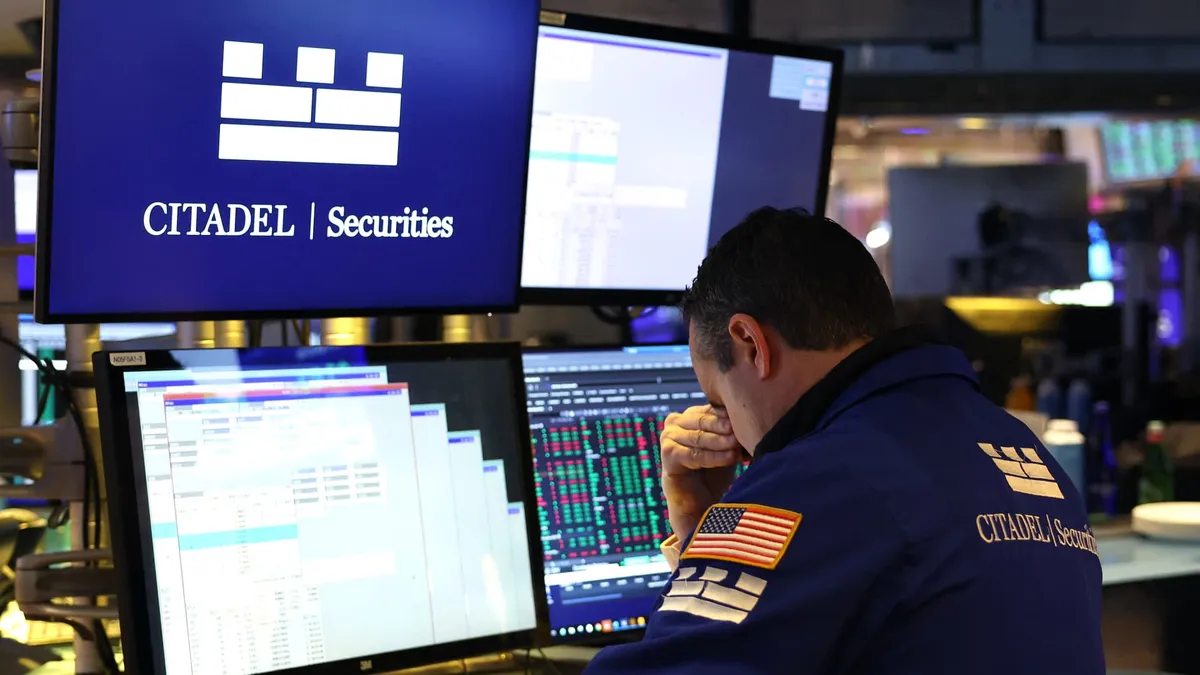
On Tuesday night, stock futures hovered just below the flatline as investors braced themselves for the upcoming Federal Reserve's interest rate decision. Futures linked to the Dow Jones Industrial Average experienced a decline, losing 49 points, which accounts for a 0.1% drop. Similarly, both S&P 500 futures and Nasdaq 100 futures also fell by approximately 0.1%. This comes on the heels of a challenging Tuesday for investors, who faced a significant market sell-off following two days of gains.
The Dow Jones Industrial Average suffered a decline of 0.6% on Tuesday, while the S&P 500 saw a more substantial drop of over 1%. This broad market index is now off by 8.6% from its record close in February, edging closer to what is considered correction territory. The Nasdaq Composite also faced losses, declining by 1.7% as shares of high-profile technology companies such as Tesla, Palantir, and Nvidia all took a hit. Recent weeks have seen major averages experience considerable volatility, as traders navigate through soft economic data and ongoing uncertainty surrounding President Donald Trump's tariff policy.
As the S&P 500 officially entered correction territory last week, it closed on Tuesday 8.6% lower than its record from February, while the Nasdaq remains in correction status. With the Federal Reserve's interest rate decision scheduled for 2 p.m. ET on Wednesday, investors are keenly anticipating any potential market impacts. Although the Fed is widely expected to maintain current interest rates, traders are particularly focused on the central bank's outlook regarding future rate policy.
Policymakers at the Federal Reserve will provide their quarterly updates on critical economic indicators, including rate expectations, gross domestic product (GDP), inflation, and unemployment rates. These insights come at a time when traders are feeling uncertain about the future direction of the U.S. economy and its subsequent effect on the markets. According to Scott Helfstein, Global X's head of investment strategy, Fed Chair Powell has indicated that the risks to both price stability and full employment are currently balanced. However, he acknowledges that these risks are increasingly rising.
As market volatility persists, experts suggest that now may not be the time to "sell and go away." Instead, it could be an opportune moment for investors to review their long-term strategies in light of near-term fluctuations. Understanding the evolving economic landscape and preparing for potential shifts in interest rates will be crucial as traders move forward in this uncertain environment.